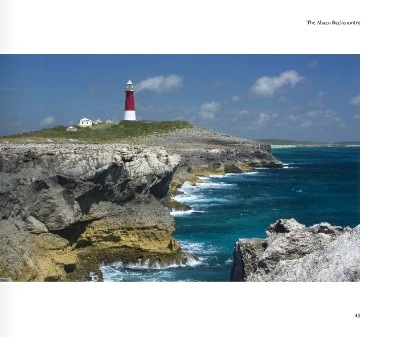DOUBLE DELPHI: TWICE THE CRAIC, TWICE THE KALIK
For some years those who know Peter Mantle have been willing him to write about his two very different Delphis: East (Co. Mayo Ireland) and West (Abaco, Bahamas). It is often said that ‘everyone has a book in them’, but most are without lively and engaging material to work with, or a talent for writing in the first place. Peter has plenty of these assets: great stories to tell and the writing skills to bring them alive. I’m not being paid for a creepy encomium, but I’ve read ‘Double Delphi’ in its various iterations during the winding road to publication (it has been a prominent feature at Rolling Harbour Towers during production). It’s exactly what we all hoped for!
I don’t want to issue ‘spoiler alerts’, and I’m not proposing to provide a cheery synopsis of Peter’s book. For all those who have loved Delphi Lodge in Ireland; for all those who have loved the Caribbean twist to the Delphi experience on Abaco; for all those who love fishing; and for all those who have admired Peter for his astonishing creation of two fabulous fishing establishments over 35 years – this book is for you. Sandy Leventon, well-known former editor of the indispensable Trout & Salmon Magazine has read the book: his views are on the back cover.
Double Delphi contains plenty of incident. There are fishy tales of course; some people great and good; some perhaps less so; a gold rush; legal drama; financial drama; conflict and personality ‘mis-alignments’; and in amongst it all, hard work, success, craic and good times as Peter bestrides the Atlantic with his ambitious twin piscine projects. There seems to be a lot of whiskey along the way, too.
DELPHI LODGE IN 2011, RESTORED TO ITS FORMER GRANDEUR
Many readers will head straight to the index at the back of the book, looking eagerly to see if their own roles in the Delphi sagas have been recorded. They will be disappointed: there isn’t an index! But the chapter headings are promising, and include Of Lice & Men; Princes & Papers; Stars & Gripes; and Bahamian Rhapsody. And there are two sections with plenty of photographs (many historic) to enjoy – two examples shown below.
DELPHI (WEST) ON ABACO – ‘SOMEWHERE IN THE MIDDLE OF NOWHERE’
PM’S FIRST DELPHI SALMON 1986
Double Delphi is imminently to be launched, and can easily be bought right now by clicking this link: https://wallopbooks.com/order-form/ (there’s some more blurb there too).
A YOUTHFUL PETER CONTEMPLATES THE FUTURE
All photos: KS / Rolling Harbour except B&W x 2 from the book















































You must be logged in to post a comment.